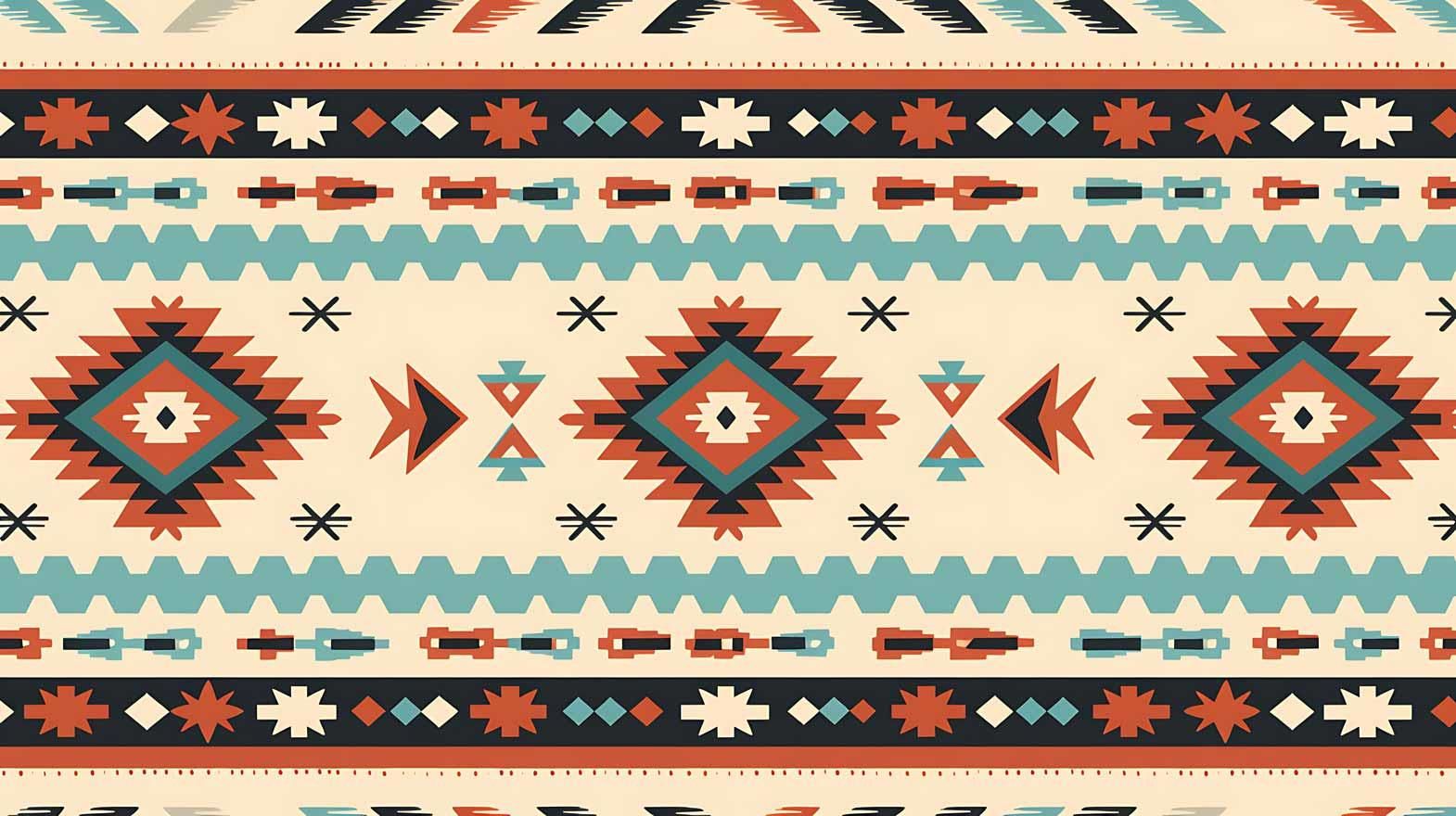In some respects, hard geometrical pattern work, which gives to all outward appearances, the impression that it comes entirely from the human imagination, is still rooted in the visual and sensory observation of the natural world. Although much of the work in this genre may appear to be geometrical in shape and line, many of these abstractions, particularly in the world of Islamic decoration, although in many other cultures as well, takes the shape of centrally based motifs that could easily be mistaken for multi-petalled flower heads. This is not to say that all of the non-representational pattern work that looks floral is necessarily.
However, it does perhaps bring into question the idea that human abstract ideas, in whatever form, have no root or foundation in the real world. The human species is after all a product of its environment, and no matter how much we try to reject or deny that heritage through our construction of artificial urban environments for example, the real rather than the false connections always manage to bleed through to the surface.
Everything that we imagine, no matter how incredulous and fantastical, has its roots in our human experience. We are rooted in the planet earth; it is our home, both our birth and deathbed. It is our sole experience from that birth to death journey. Even our artificial lifestyles are a product of the planet. All new materials, no matter how sophisticated, have their origin in the fabric of the planet. However, by cocooning ourselves in a technological, air-conditioned envelope, far away from the natural dirt and sweat of reality, we fool ourselves into believing that we have escaped our heritage that we have somehow passed beyond the confines of nature because we can order a pizza on our phone.
In many respects, the 'complex network of life' could be seen as a good description of abstract pattern work, particularly Islamic decoration, with its interwoven lines constantly connecting and reconnecting, repeatedly underlining the interconnectedness of everything, from the practical material to the seemingly intangible spiritual.
It is not perhaps too far-fetched a notion, to think that the interconnecting points of the Islamic pattern work shown in these examples, ones that are so reminiscent of the petals and centres of flower heads, could be telling us, on some level, that all of life, both material and spiritual, can be found in the endless wonder of a flower head, and through that to the much larger wonder of the natural environment as a whole.
Conjecture on my part certainly, but the complexity of nature and the human role within that complexity is for every individual to rediscover. How they arrive at that rediscovery is either a matter of personal journeying or happy accident, that we all need to seriously find that connection in our constructed world, seems more pressing as every day passes.
Perhaps it does not really matter whether geometrical pattern work is an abstraction of nature, a symbol of the connectedness of life, or merely artifice, or some other idealism conjecture. Perhaps it is more important as an idea to think about if nothing else. An idea or ideal for a creative individual can be no bad thing.
This article was originally published in the Design, Decoration and Craft at the Textile Blog.








Comments